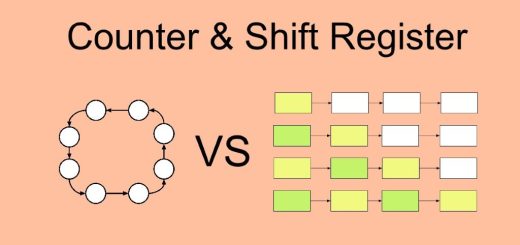The Multifaceted Functions of Online Advertising in the Digital Age
In the ever-evolving landscape of the internet, online advertising has emerged as a dominant force, shaping how businesses connect with consumers and drive their marketing strategies. But what exactly are the functions of online advertising, and how do they contribute to the success of businesses in the digital realm? In this comprehensive article, we will delve into the various roles online advertising plays, exploring its impact on brand awareness, customer engagement, lead generation, sales conversion, and ultimately, business growth.
1. Building Brand Awareness and Recognition
One of the primary functions of online advertising is to establish and enhance brand awareness. Through targeted campaigns across various platforms, businesses can introduce their products, services, or brand identity to a wider audience. This is particularly crucial for new businesses seeking to make their mark or established brands aiming to maintain visibility in a competitive market.
With the advent of display advertising, social media ads, and video marketing, brands can leverage visually appealing and engaging content to capture the attention of potential customers. A well-crafted online ad can leave a lasting impression, making consumers more likely to remember the brand and consider its offerings in the future. The integration of AI in the workplace has further revolutionized marketing strategies by enabling data-driven decision-making and personalized customer experiences.
2. Driving Targeted Traffic and Engagement
Unlike traditional advertising methods, online advertising offers unparalleled targeting capabilities. Businesses can define their ideal audience based on demographics, interests, online behavior, and other relevant factors. This ensures that ads are displayed to users who are most likely to be interested in the products or services being promoted.
Moreover, online advertising allows for real-time interaction and engagement with the audience. Through clickable ads, social media campaigns, and interactive content, businesses can encourage users to visit their websites, social media pages, or landing pages. This targeted traffic is more likely to convert into leads and sales, as it comprises individuals who have already shown interest in the brand.
3. Generating Leads and Nurturing Potential Customers
For businesses that rely on lead generation, online advertising can be a game-changer. By employing lead magnets such as ebooks, whitepapers, webinars, or free trials, businesses can incentivize users to share their contact information in exchange for valuable content or experiences. This enables businesses to build a database of potential customers and nurture them through email marketing, personalized offers, and targeted follow-up campaigns.
Furthermore, retargeting campaigns can be used to re-engage users who have previously interacted with a brand’s website or ads. By displaying relevant ads to these users across different platforms, businesses can stay top-of-mind and increase the likelihood of converting them into customers.
4. Boosting Sales Conversion and Revenue Generation
Ultimately, the success of any advertising campaign is measured by its ability to drive sales and generate revenue. Online advertising provides numerous avenues for businesses to achieve this goal. E-commerce platforms allow for direct sales through online stores, while persuasive ad copy and targeted landing pages can guide users towards making a purchase.
Additionally, online advertising can create a sense of urgency through limited-time offers, flash sales, or exclusive discounts. This can prompt potential customers to take immediate action and complete a purchase, thereby increasing sales conversion rates.
5. Measuring and Optimizing Campaign Performance
One of the most significant advantages of online advertising is the ability to track and measure campaign performance in real time. Businesses can monitor metrics such as impressions, clicks, click-through rates, conversion rates, and return on investment (ROI) to assess the effectiveness of their ads.
This data-driven approach allows for continuous optimization of campaigns. Businesses can identify underperforming ads, experiment with different targeting strategies, and refine their messaging to maximize results. By analyzing user behavior and feedback, they can gain valuable insights into customer preferences and tailor their advertising efforts accordingly.
6. Staying Ahead of the Competition
In today’s fast-paced digital landscape, online advertising is no longer a luxury but a necessity for businesses to stay competitive. Brands that fail to establish a strong online presence risk being overshadowed by their rivals. By actively engaging in online advertising, businesses can position themselves as industry leaders, attract new customers, and retain existing ones.
Moreover, online advertising allows for agile and adaptable marketing strategies. Businesses can quickly respond to market trends, competitor activities, or changing consumer behavior by adjusting their campaigns in real time. This flexibility ensures that their advertising efforts remain relevant and effective.
In conclusion
Online advertising serves a multitude of functions that are essential for businesses to thrive in the digital age. From building brand awareness and driving targeted traffic to generating leads, boosting sales, and optimizing campaign performance, online advertising offers a comprehensive toolkit for businesses to achieve their marketing goals.
By understanding the various functions of online advertising and leveraging its capabilities strategically, businesses can connect with their target audience in meaningful ways, foster brand loyalty, and ultimately drive sustainable growth in the dynamic and ever-evolving online marketplace.









